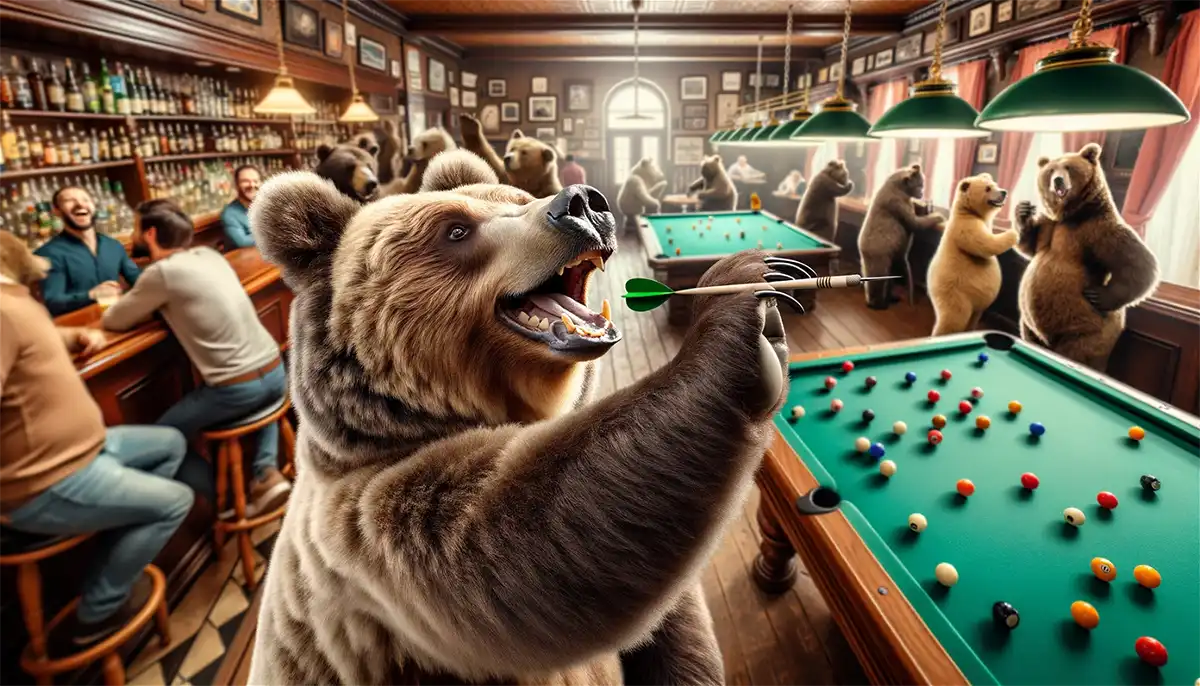
Dart thread: get to know the threads in darts
Over the past few decades, darts have evolved from a pastime in the local pub to a serious sport. If you've ever tried your hand at this throwing sport, you know it involves much more than just vaguely tossing a dart towards a board and hoping for the best. Today, darts is a genuine professional sport with high-tech equipment and strategic calculations.
Particularly, the dart arrows have undergone significant evolution. In the medieval inception of the game, players used repurposed arrow tips. Those days are long gone. Modern darts are meticulously crafted projectiles made to the highest standards. And of course, as you might guess, threads play a vital role in their design. In this blog post, we'll delve into where the thread is located on a dart shaft, the purpose of the dart thread, and the types of threads used in darts.
Where is the Thread Located on Darts?
To understand where we can find the thread on a dart, let's first break down a dart's composition. You've probably seen, and possibly held, a dart arrow. But were you aware of its many components?
Broadly, a dart comprises the tip, body, shaft, and flights. Given the game's popularity and roots in Britain, it's common to use English terms to describe these components.
The Tip, known as the Point, can be made of plastic or steel – referred to as Soft Tip or Steel Tip, respectively. Moreover, some steel tips can be screwed onto soft darts. Wait, screwed on? There's our first dart thread! However, only soft dart tips need a thread, as steel tips are typically integrated with the Barrel.
The body or the Barrel is where the player grips the dart. It comes in various shapes and weights. Through a screw connection, the Barrel attaches to the shaft or Shaft. So, there's the second dart thread. Shafts can vary in material, weight, and length, ranging from mini to long. Depending on the material, it might also be necessary to apply a O-Ring to the dart's thread for added stability.
Lastly, we have the flights or Flight. Their shape and material thickness play crucial roles in the dart's flight.
Why Do Darts Need Threads?
You might wonder why darts even require threads. Couldn't the entire dart be crafted as a single piece, making screw connections redundant? Historically, darts were indeed carved from wood without a thread on the dart shaft. But modern players would never settle for such a rudimentary design.
A contemporary dart is, after all, an aerodynamic masterpiece! It's designed to fly swiftly, follow a stable trajectory, and be user-friendly. Each component must be crafted from optimal material for its function. Threads are the most effective solution for assembling these components.
Another practical aspect of dart threads is customization. As darts transformed into a respected professional sport, players' demands on their equipment have risen. Playing style, technique, and venue influence dart choice. Threads allow easy component swapping, perfecting the dart to suit the player's preference. Also, for wear and tear or damage, parts can be easily replaced. Retailers now even offer "build your own dart" services, where buyers can assemble their desired dart from individual components—a feat impossible without dart threads.
What Thread Types are Used in Darts?
For interchangeability to work seamlessly, there must be some standardization. Every manufacturer adopting a unique dart thread would limit the player's component choices. Fortunately, the industry has largely adopted standard threads—unsurprisingly, based on British thread standards.
The most prevalent is the 2 BA (British Association). It has an external diameter of 4.70 mm and a pitch of 0.81 mm. Another used thread is the ¼ BSF, the British fine thread. It has an external diameter of 6.35 mm and a pitch of 0.977 mm.
There are two unique features to note with dart threads. Barrels from the M3 manufacturer have the thread on the outside, offering an improved weight to barrel diameter ratio. This design, however, is incompatible with 2 BA dart threads, necessitating special shafts and tips. Another special case involves movable tips like the Powerpoint or Hammerhead. These are designed to prevent dart bounce-outs but require a particularly deep-cut dart thread. Hence, only tip and barrel combinations specifically designed for each other will work.
If you ever need to craft a dart thread, visit our online store. At BAER, the thread tool manufacturer, we provide all the threading tools and thread cutting tools for BA and BSF dart threads.
